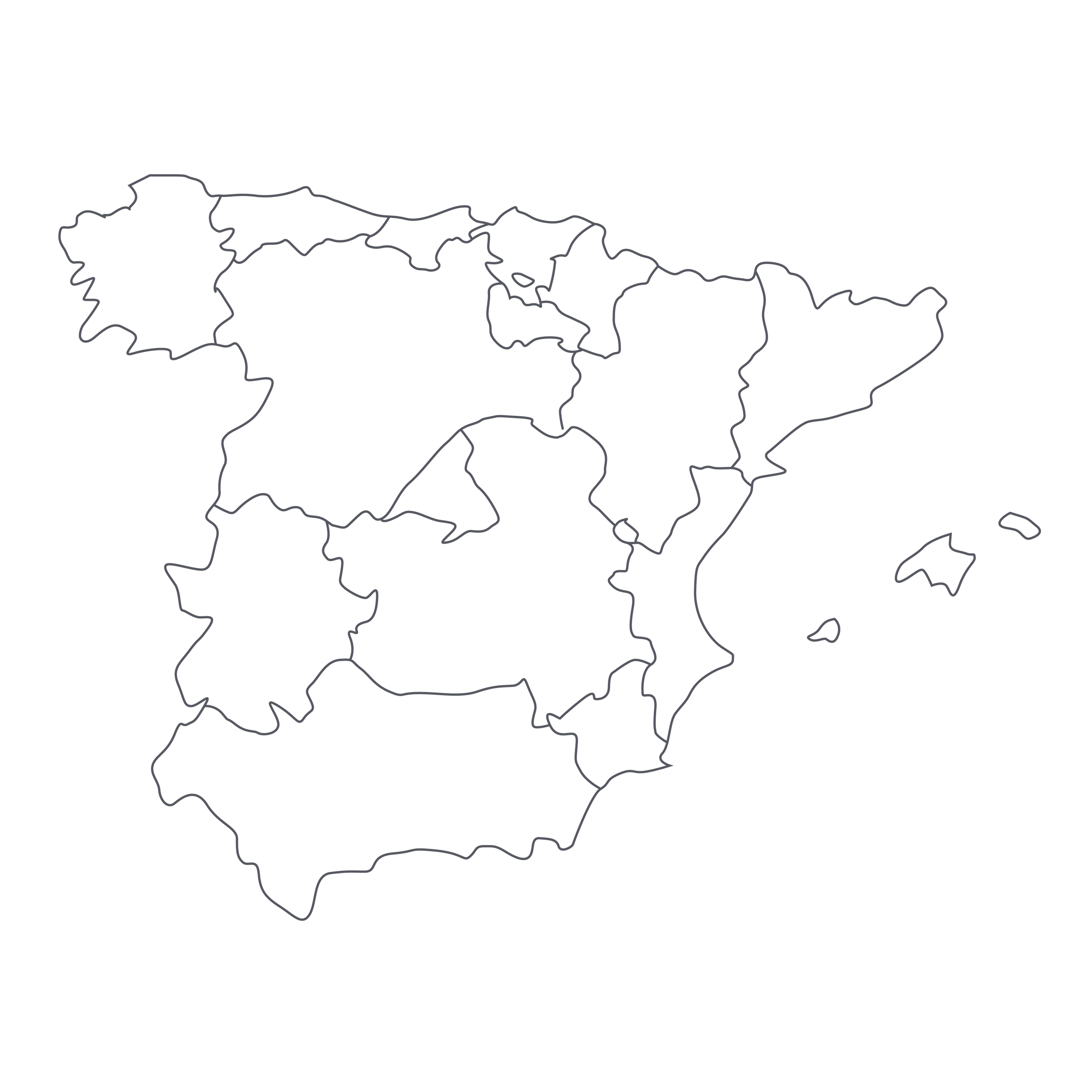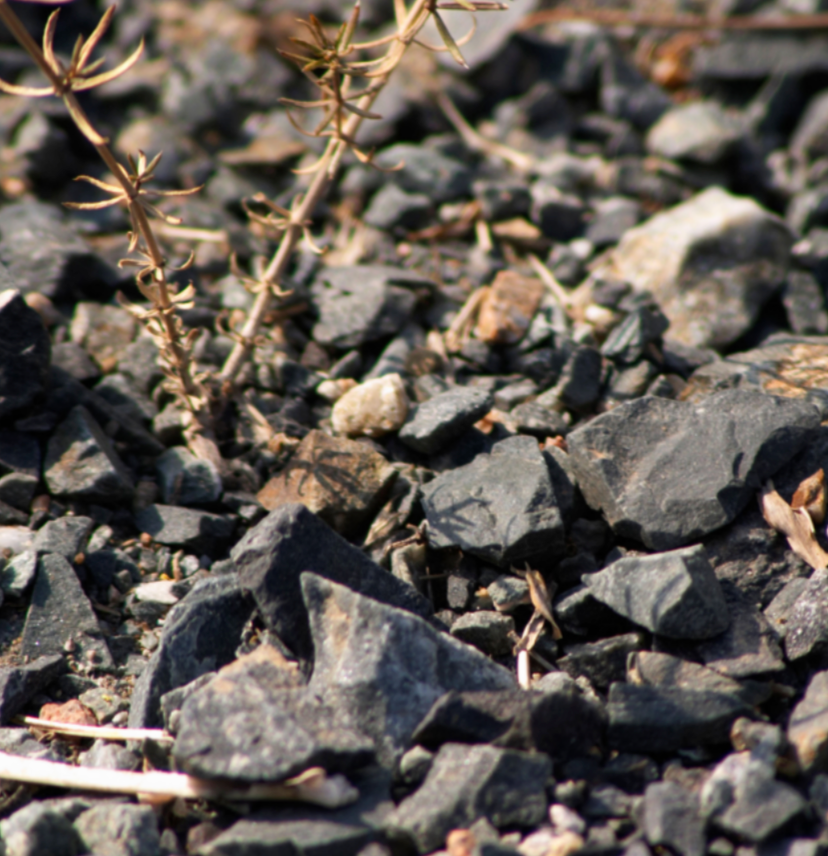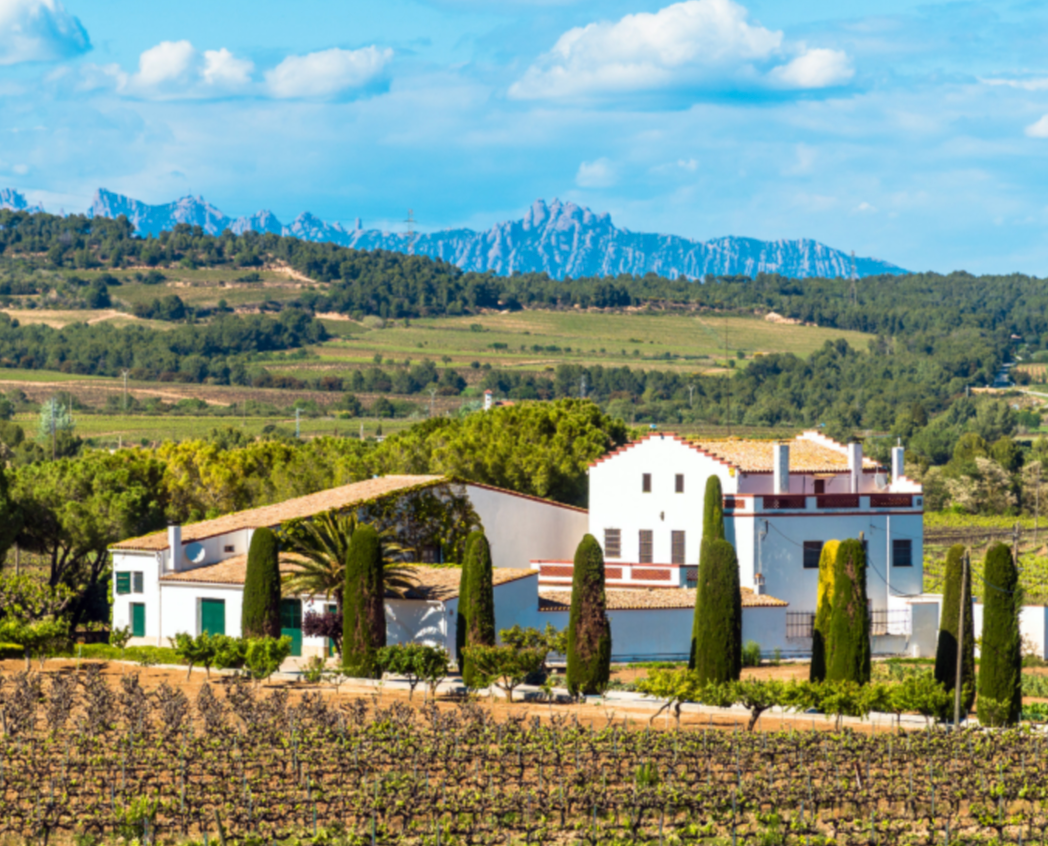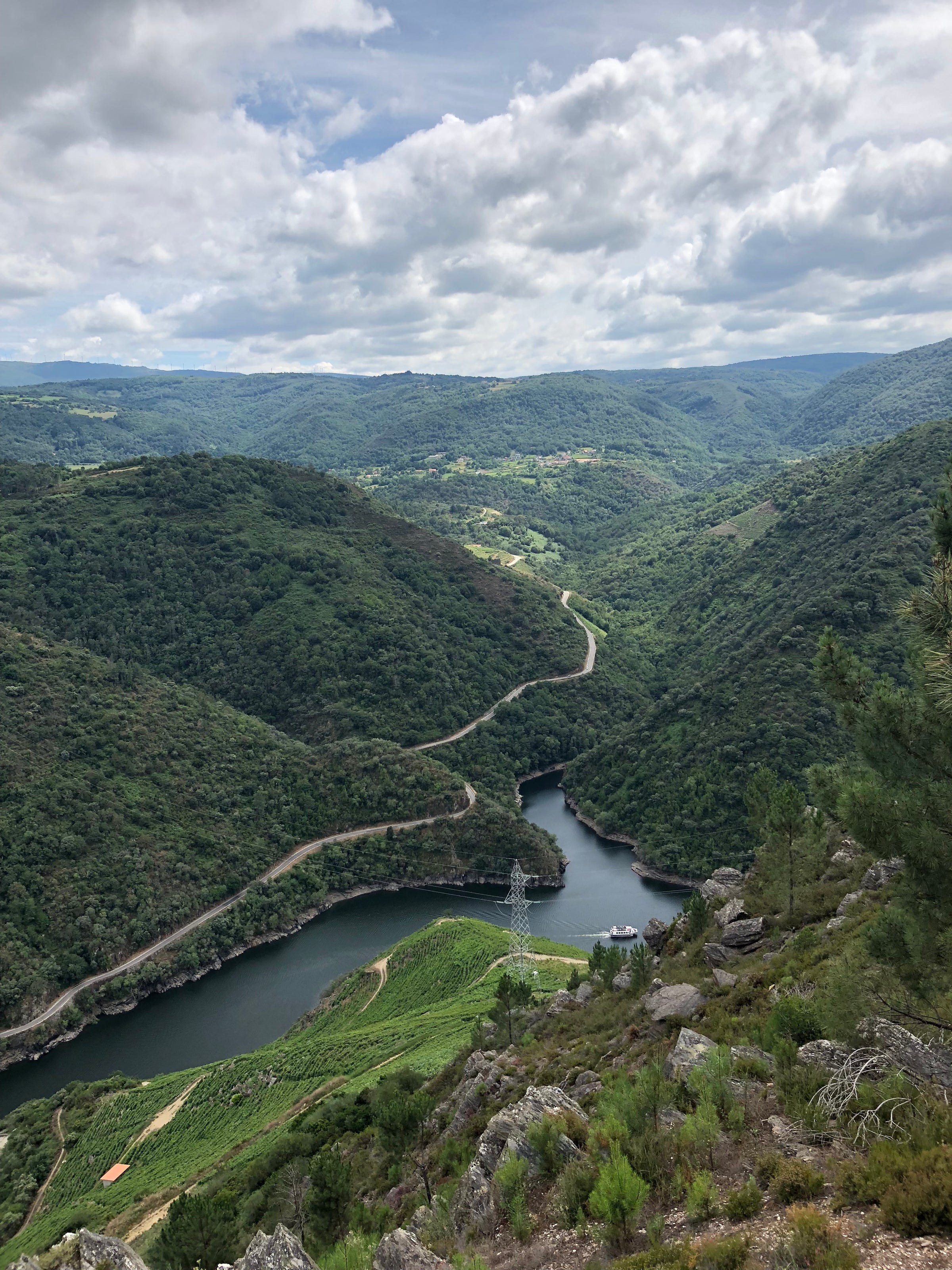Several years ago, if you would’ve conducted a nationwide poll amongst sommeliers about their favorite, region-defining white varieties, they would’ve listed all-time classics like Chardonnay (Côte de Beaune, Chablis), Riesling (Germany, Alsace), Grüner Veltliner (Austria), and Chenin Blanc (Loire Valley). That same poll today would still yield those answers, but with a number of worthy new additions—especially that of Albariño from the verdant, coastal expanse of Rías Baixas.
It’s not hard to see why, in fact, its entry into this exclusive club is long overdue. The best examples are alluringly floral with a vibrant mineral backbone and piquant layers of exotic fruit. And yet, they were virtually unknown to most stateside wine lovers only a decade ago. The first wave of high-quality Galician whites initially struggled to get noticed, but today, Albariño’s intricacies and brilliant terroir expression have guaranteed its inclusion into the “bonafide classics” club. A heavy-hitter lineup of thrilling, food-friendly white wines will always include top-tier Vouvray, Rieslings, Grüner Veltliner, and Chablis but it’s surely incomplete without this well-aged Albariño benchmark from Lagar de Pintos.
Some of Spain’s most sought-after, high-quality, and highly allocated wines come from Galicia. The top Mencía-based red wines from sub-regions Bierzo and Ribeira Sacra have generated culty buzz, getting chased down with the zeal of Burgundy-crazed collectors. There’s also elevated interest for the once-obscure white and red wines of Ribeiro, many of which are proving to be tremendous values relative to quality. However, the popularity of the region’s racy whites of Rías Baixas, most often exclusively made with the local Albariño variety, is unmatched and continues to skyrocket. The sea-swept grape is known for its highly aromatic floral nose and white peach, apricot, and citrus flavors. It’s very pale, with high acidity and a subtle saltiness, thus its Spanish nickname “vino del mar.” Even within the small region of the Rías Baixas of Western Galicia, great variations in the expression of the grape exist between the three major subregions of Condado do Tea, O Rosal and the Val do Salnés, which many consider the “motherland” of noble Albariño and home to its purest articulation.
Today’s Rías Baixas Albariño 2016 is the flagship from the Lagar de Pintos winery located near the town of Ribadumia within the Val do Salnés subzone—the largest, oldest, and most highly regarded of the five subzones. It is also the coldest and wettest of the subzones, bearing the heaviest influence from the nearby Atlantic Ocean. Lagar de Pintos is a fourth-generation family estate, currently run by Marta Castro, who oversees all viticulture and winemaking duties. The estate and cellar date back to the 1870s but it wasn't until the 1950s that Albariño was planted by Marta’s grandfather. Marta converted all of her vineyards to organic farming and has been a pioneer on this front in Rías Baixas. The soil here is sand with granite, and vines are almost always tied up to high trellises to allow cool, drying breezes to pass through, keeping moisture at bay. Their flagship Albariño bottling comes from their seven estate vineyards with vines ranging from 20-100 years of age. The parcels are all hand-harvested, naturally fermented, and aged separately in stainless steel tanks, with extended time on lees and regular bâttonage (stirring) for six months. After bottling, the wines are released in waves, with this 2016 parcel having landed just last month!
In the glass, this 2016 Lagar de Pintos shows a straw-yellow tone with muted greenish highlights toward the rim. The bouquet unfolds into a cavalcade of bruised apple, melon, and white peach with echoes of crushed minerals, lemon meringue, citrus blossom, sea salt, and white flowers. The palate is medium-bodied and reflects the nose with added flavors oyster shell, fresh cream, underripe mango, peach, crushed stone, and lime zest. Lusciously intense and textured with a structure reminiscent of Chablis, the finish rides on a beam of laser-sharp acidity. This is textbook old-vine Albariño with a captivating mineral core and hyper-charged, soulful energy. It is a proud testament to the seriousness of this grape’s capacity for flavor and texture, challenging the best offerings from Sancerre to the Rheingau. A 30-minute decant would most definitely benefit its unfolding and enjoy in all-purpose stems. Chill it down, but not below 50 degrees, and plan for a staggering breadth of appropriate cuisine from raw shellfish, sashimi, and ceviche to fried sardines and my new favorite: Galician fish stew. Enjoy!





